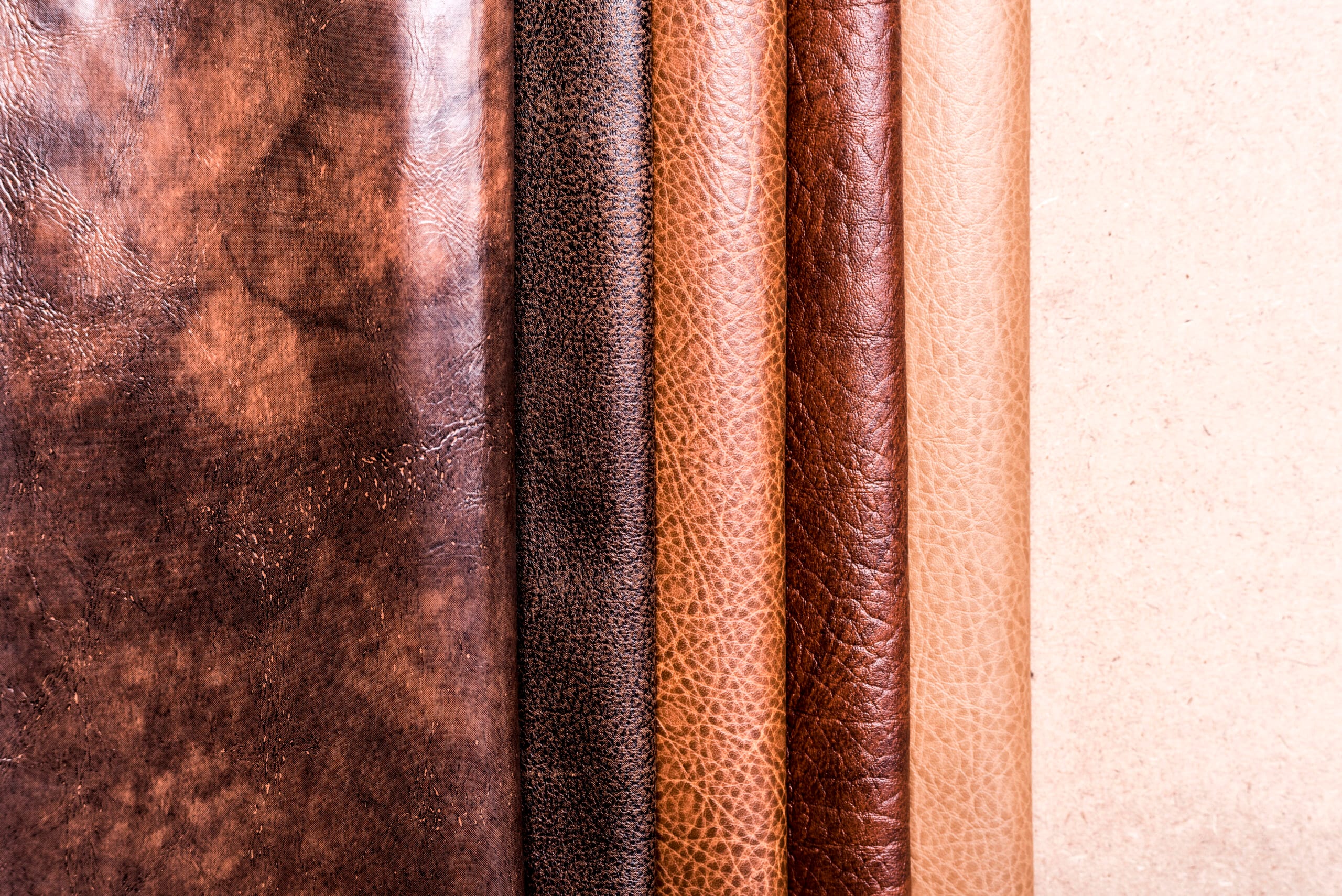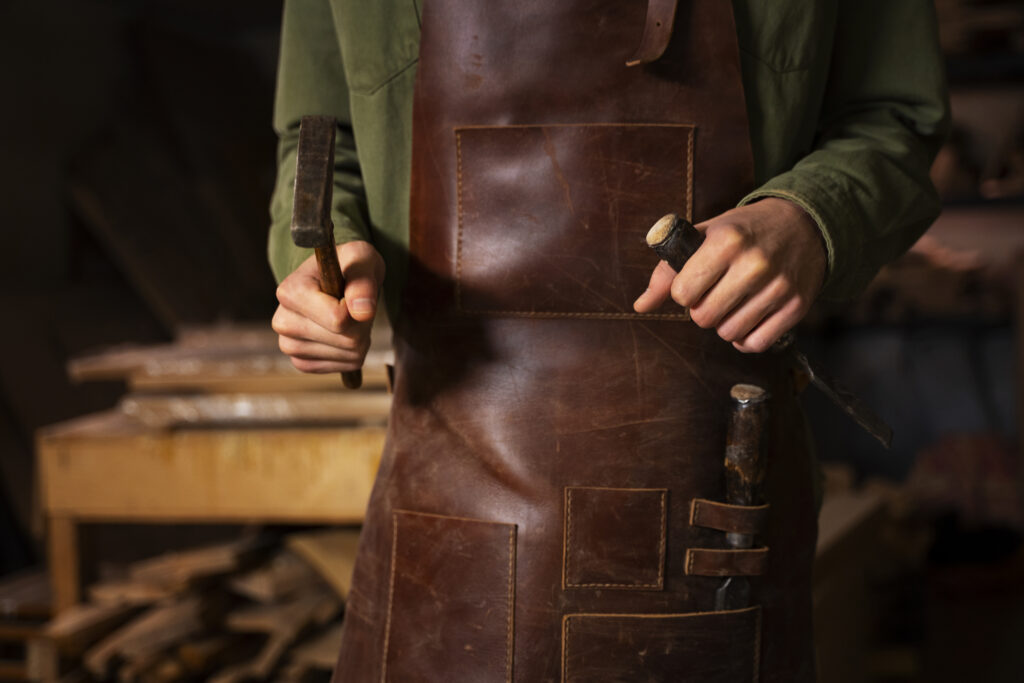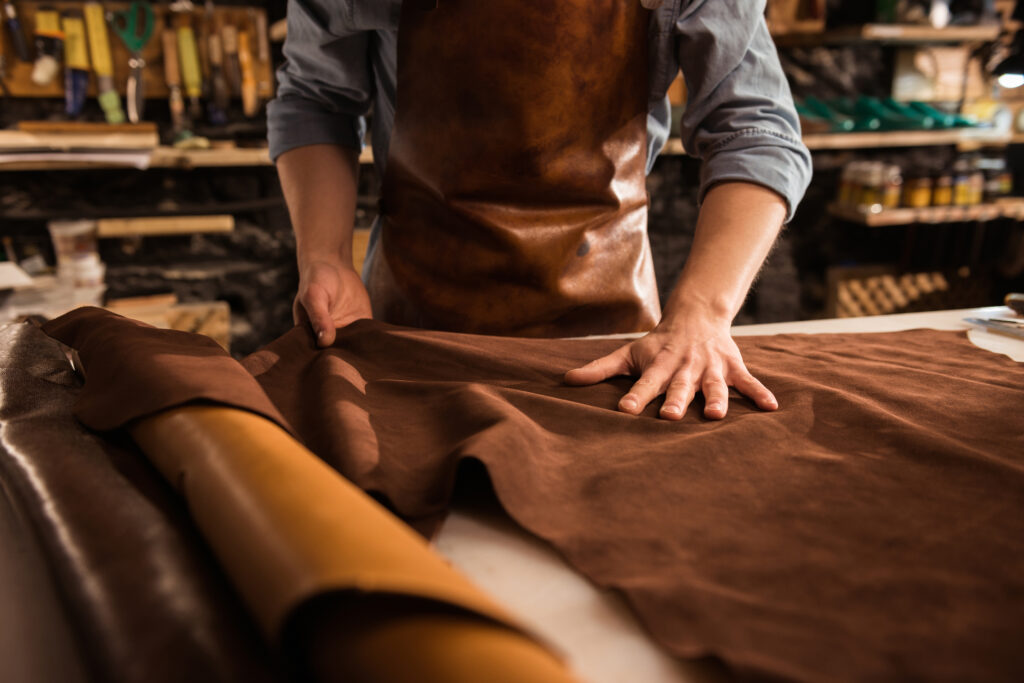Table of Contents
Introduction
Artificial leather, also known as synthetic leather, has revolutionized the world of fashion, furniture, and beyond. With its affordability, versatility, and animal-friendly appeal, it has become a go-to alternative for consumers and industries alike. In this article, we’ll explore everything about artificial leather—from its history and types to its advantages, disadvantages, and applications in modern living.
What is Artificial Leather?

Artificial leather refers to a material designed to mimic the appearance and texture of genuine leather. It’s typically made from synthetic polymers like polyurethane (PU) and polyvinyl chloride (PVC). Unlike real leather, artificial leather is produced without using animal hides, making it a cruelty-free option.
Key Features
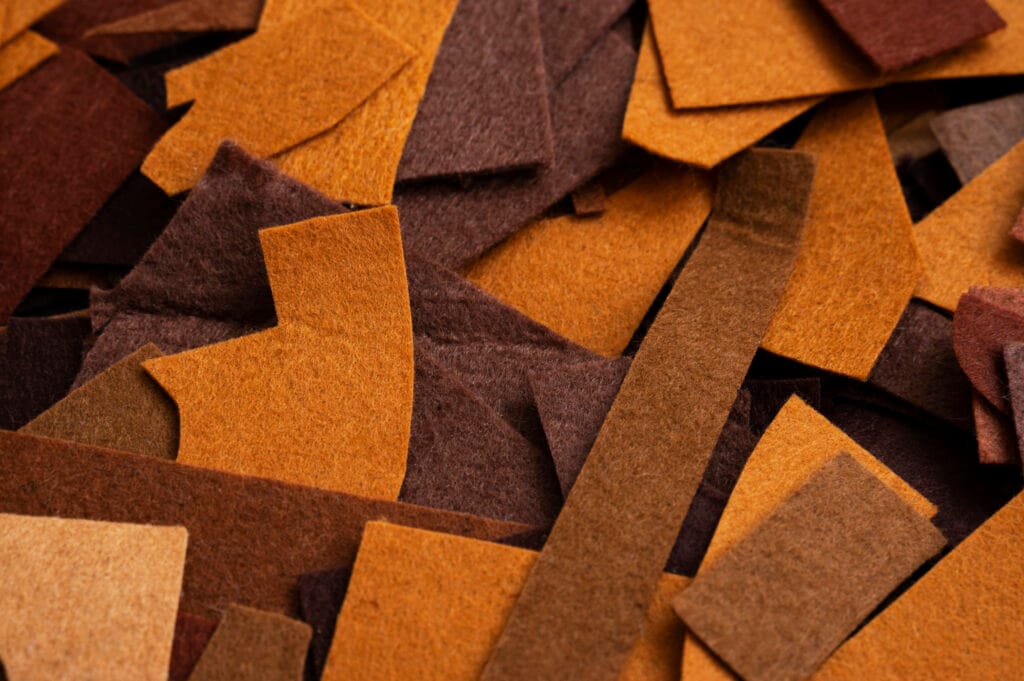
Affordable: Significantly cheaper than genuine leather.
Customizable: Available in a wide range of colors, textures, and finishes.
Durable: Resistant to stains, water, and scratches when maintained properly.
History
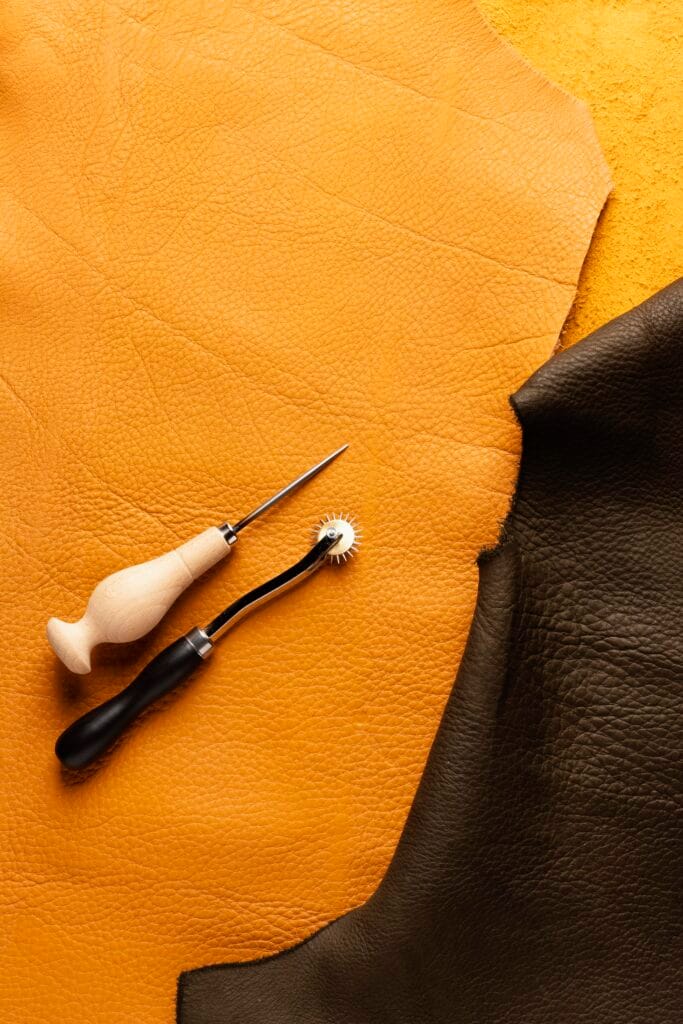
The concept of artificial leather dates back to the 19th century when early attempts focused on creating a leather substitute for industrial use. Over time, advancements in polymer technology led to the development of PVC leather in the mid-20th century and later, PU leather in the 1970s. Today, artificial leather continues to evolve with a focus on sustainability and eco-friendly production.
Types

Polyurethane (PU) Leather:
Softer and more flexible than PVC leather.
Often used in fashion and automotive interiors.
PVC Leather:
Highly durable and water-resistant.
Common in furniture and outdoor applications.
Silicone-Based Leather:
Eco-friendly and heat-resistant.
Ideal for high-performance applications.
Other Innovative Types:
Recycled synthetic leathers.
Bio-based leather made from plant materials.
Image by azerbaijan_stockers on Freepik
How it is Made
The manufacturing process of this leather typically involves:
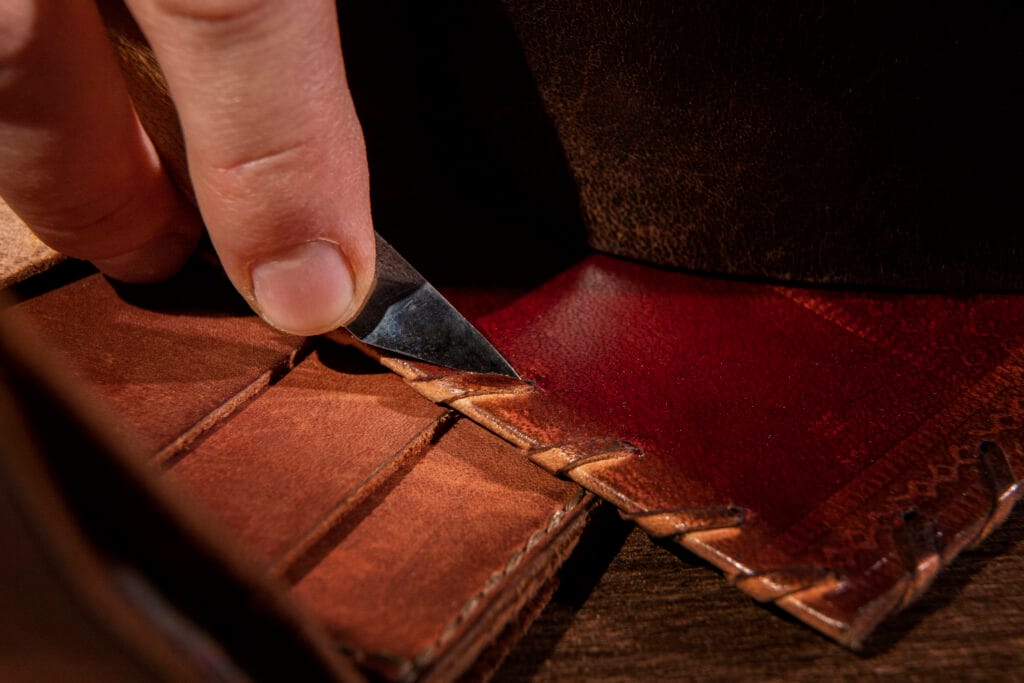
Preparation of a Base Fabric: Often made of polyester or cotton.
Application of Polymer Coating: Layers of PU or PVC are applied to mimic leather texture.
Embossing: Patterns are added to create a realistic leather look.
Finishing Touches: Dyes, coatings, and other treatments enhance aesthetics and durability.
Advantages
- Cost-Effective: Cheaper than genuine leather without compromising on aesthetics.
- Ethical: Animal-friendly and cruelty-free.
- Low Maintenance: Easy to clean and resistant to stains.
Disadvantages
- Durability: Prone to cracking or peeling over time.
- Environmental Impact: Made from non-biodegradable materials.
- Limited Comfort: Less breathable compared to genuine leather.
Applications
The leather is widely used in:

Fashion: Handbags, jackets, and shoes.
Furniture: Sofas, chairs, and upholstery.
Automotive: Car seats and interiors.
Specialty Products: Book covers and accessories.
Artificial vs. Genuine Leather
| Feature | Artificial Leather | Genuine Leather |
|---|---|---|
| Cost | Affordable | Expensive |
| Ethical Impact | Cruelty-free | Involves animal harm |
| Durability | Moderate | High |
| Maintenance | Easy | Requires regular care |
Caring for Leather Products
To ensure the longevity of artificial leather:

Clean Gently: Wipe with a damp cloth and mild soap.
Avoid Harsh Conditions: Keep away from excessive heat or sunlight.
Use Conditioners: Apply suitable products to prevent cracking.
FAQs About Artificial Leather
- Is artificial leather waterproof?
Yes, most artificial leather products are water-resistant, especially PVC-based ones. - How long does this leather last?
With proper care, artificial leather can last up to 5–10 years. - Can this look like real leather?
Advanced manufacturing techniques allow it to closely resemble genuine leather. - What are eco-friendly leathers?
Bio-based and recycled synthetic leathers are considered eco-friendly options. - Is this leather safe for pets?
Yes, it’s non-toxic and safe, but scratches from pets may damage the surface. - How does this leather age over time?
It may peel or crack, but regular care can minimize wear and tear.
Conclusion
The concerned leather is a game-changer in today’s world, offering a blend of style, affordability, and ethics. Whether you’re redecorating your home or updating your wardrobe, it is a versatile choice that aligns with modern values of sustainability and animal welfare.
Explore the possibilities of artificial leather and embrace a chic, cruelty-free lifestyle today!
https://dresiphy.com/embossed-leather-and-5-ways-to-its-uniqueness/

